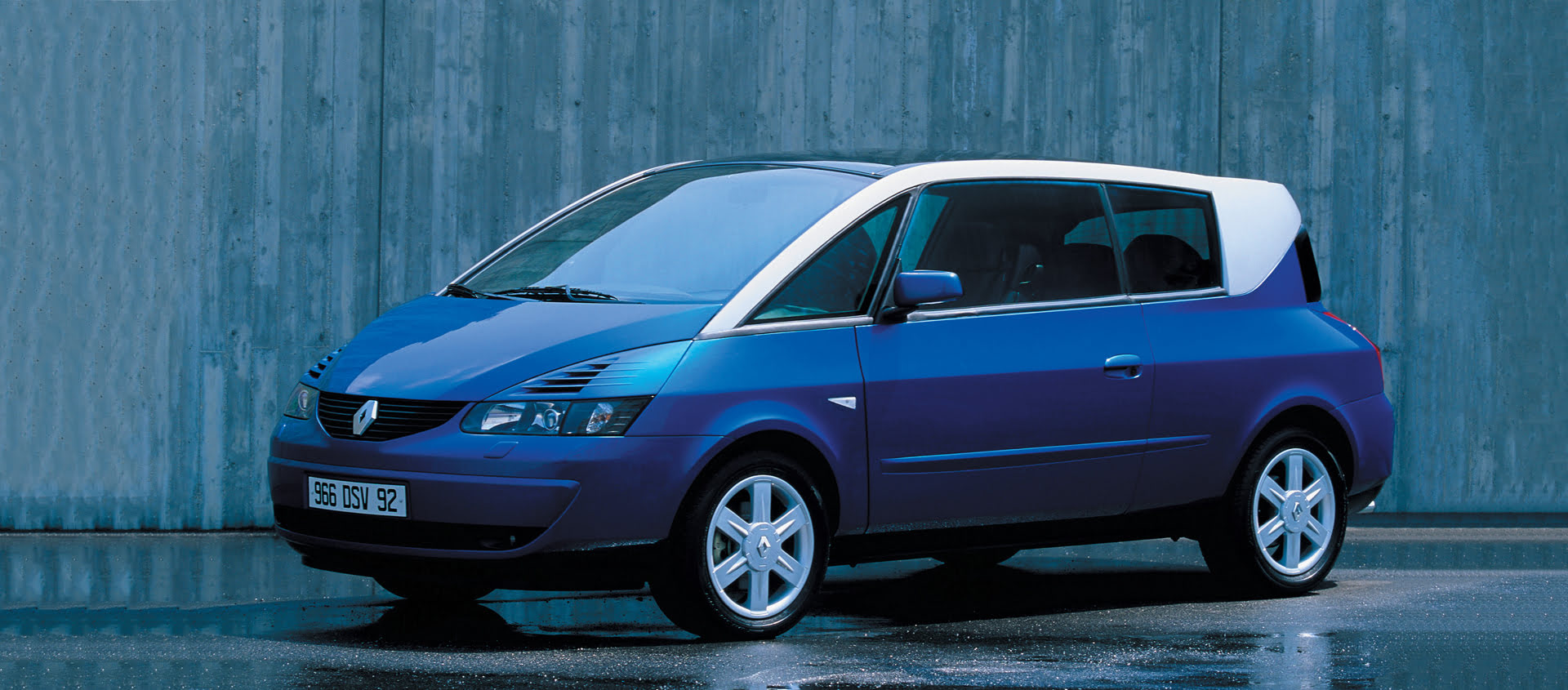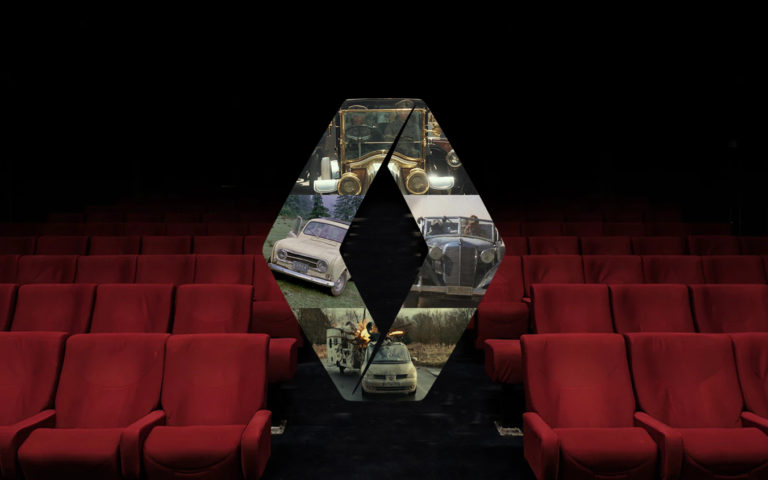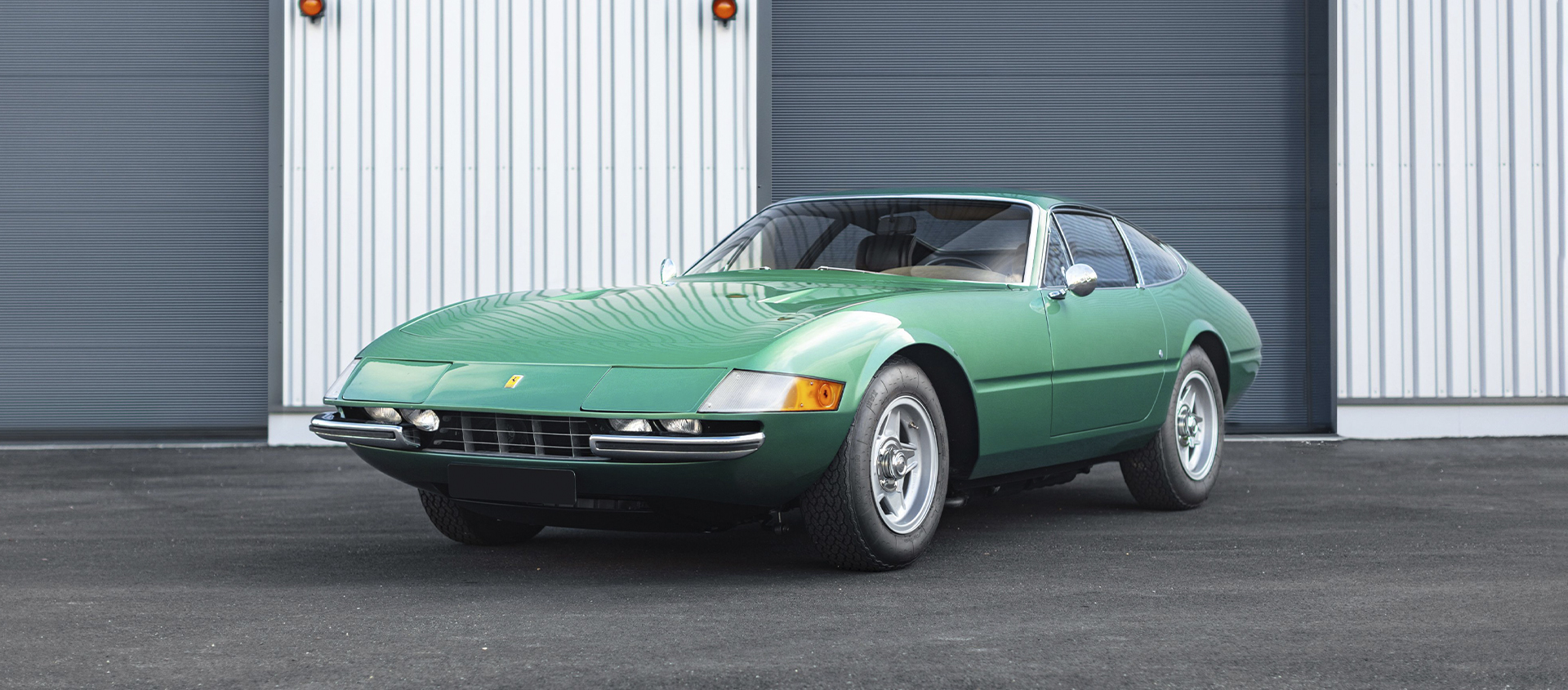Renault Avantime. A name, a destiny
12 June 2020 1 min read 4 images

Renault cars have always stood out for their bold and original designs, and the Avantime is perhaps the most striking example of this. In 1984, the French manufacturer’s Espace, a hugely popular MPV, met with considerable success, delivering great sales volumes. The Espace was manufactured, for Renault, by Matra, an aerospace industry specialist that also boasted a strong motor sport tradition. Given the importance of the model, in 1991 Renault decided to introduce a new Espace model, moving the production in house.
Register to unlock this article
Signing up is free and gives you access to hundreds of articles and additional benefits. See what’s included in your free membership. See what's included in your free membership.
Already have an account? Log In

